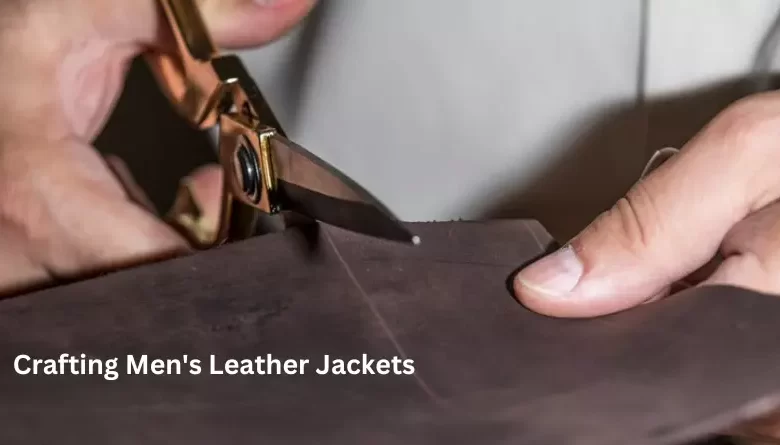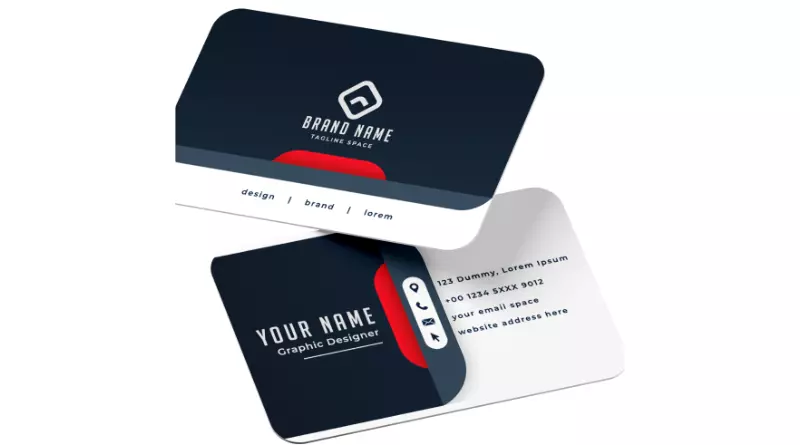Discovering the Art of Crafting Men’s Leather Jackets

Exploring the craftsmanship behind your favorite clothing is quite thrilling! Leather jackets, a global fashion statement, are produced by numerous top brands with unique designs. While each company has its approach, we’ve uncovered the general process to give you a detailed insight into how these stylish jackets are made.
Let’s take a journey through the entire manufacturing process of men’s leather jackets, from start to finish.
1.Selecting the Right Stuff
For crafting leather jackets, the most common materials are lambskin, sheepskin, buckskin, and cowhides. Once the skin is taken from the animal, it’s chilled and stored in brine-filled barrels. After that, the hides go through several processes at the tannery to preserve and soften them. This step is crucial because it determines the jacket’s quality.
The next move involves gathering sewing essentials like lining, buttons, snaps, seam tape, thread, and zippers. Typically, these items are purchased from external suppliers and then kept in the leather jacket factory for future use.
2.The Getting-Ready Phase
Once the raw materials are gathered, the preparation process kicks in, divided into three main parts: trimming and cleaning, tanning, and washing & drying.
Let’s delve into each step:
Trimming and Cleaning: The animal skin undergoes trimming and sorting based on thickness, weight, and size. Workers diligently remove any proteins to prevent bacterial growth. The skin takes a dip in a drum filled with detergents, bactericides, and water. Lime solution and chemicals eliminate hair, with excess hair scraped off using a scudding machine. The skin undergoes a thorough washing to remove chemicals, followed by soaking in an acid solution and enzyme treatment for softness. Finally, the hides are pickled with sulfuric acid and salt.
Tanning:
The hide experiences three types of tanning: vegetable tanning, material tanning, and oil tanning. Vegetable tanning involves soaking the skin in progressively stronger tannic acid solutions. For softer leather like lambskin, 12 hours of soaking suffices. Material tanning, a fast process, can alter the leather color. Oil tanning mimics traditional methods, with the skin sprayed with fish oil.
Washing and Drying:
After tanning, the skin undergoes another thorough wash and wringing. It’s then cut to a consistent thickness and moved to drying tunnels. Stretched on frames, the skin is sprayed with water and soap before hanging for a specific time.
Following conditioning, the skin goes through a machine to enhance flexibility. It is suspended within vacuum-drying cabinets and polished using a rotating steel cylinder.. Suede finish is achieved by passing hides under rapidly moving emery wheels. At this stage, dyes, glazes, and lacquers are applied, making the skin ready to be sent to the factory for the manufacturing of men’s leather jackets.
The Jacket-Making Journey
The process of making jackets involves four key steps: jacket designing, cutting, jacket assembly, and molding & pressing.
Jacket’s Design: First and foremost, the jacket’s basic pattern is essential. Designers use computerized machines to adjust the design based on government anthropometric tables, assigning sizes according to body weight and height.
Cutting:
Leather is placed on moving tables, and the pattern is laid on top. Modern technology allows the fabric to vaporize instead of being cut.
Jacket Assembly: This step shapes and defines the jacket. Sides, sleeves, collars, cuffs, buttons, buttonholes, zippers, and pockets are stitched together. Patch pockets are attached to side pieces before being stitched to the back, and side pockets are stitched simultaneously with fixing the sides to the back. The lining material is secured to each piece before stitching onto the jacket.
Molding and Pressing:
Further processing involves molding and pressing. Various pressing techniques, including heat application, blocking, and steaming, are used to transform animal skins into a finished jacket.
The Last Check
Each jacket undergoes a meticulous hand inspection before it leaves the factory floor. Once the design is complete, the jacket is carefully packed into cartons and shipped off to the retailer.
And there you have it—the entire journey of creating men’s leather jackets. We hope you enjoyed the read!




